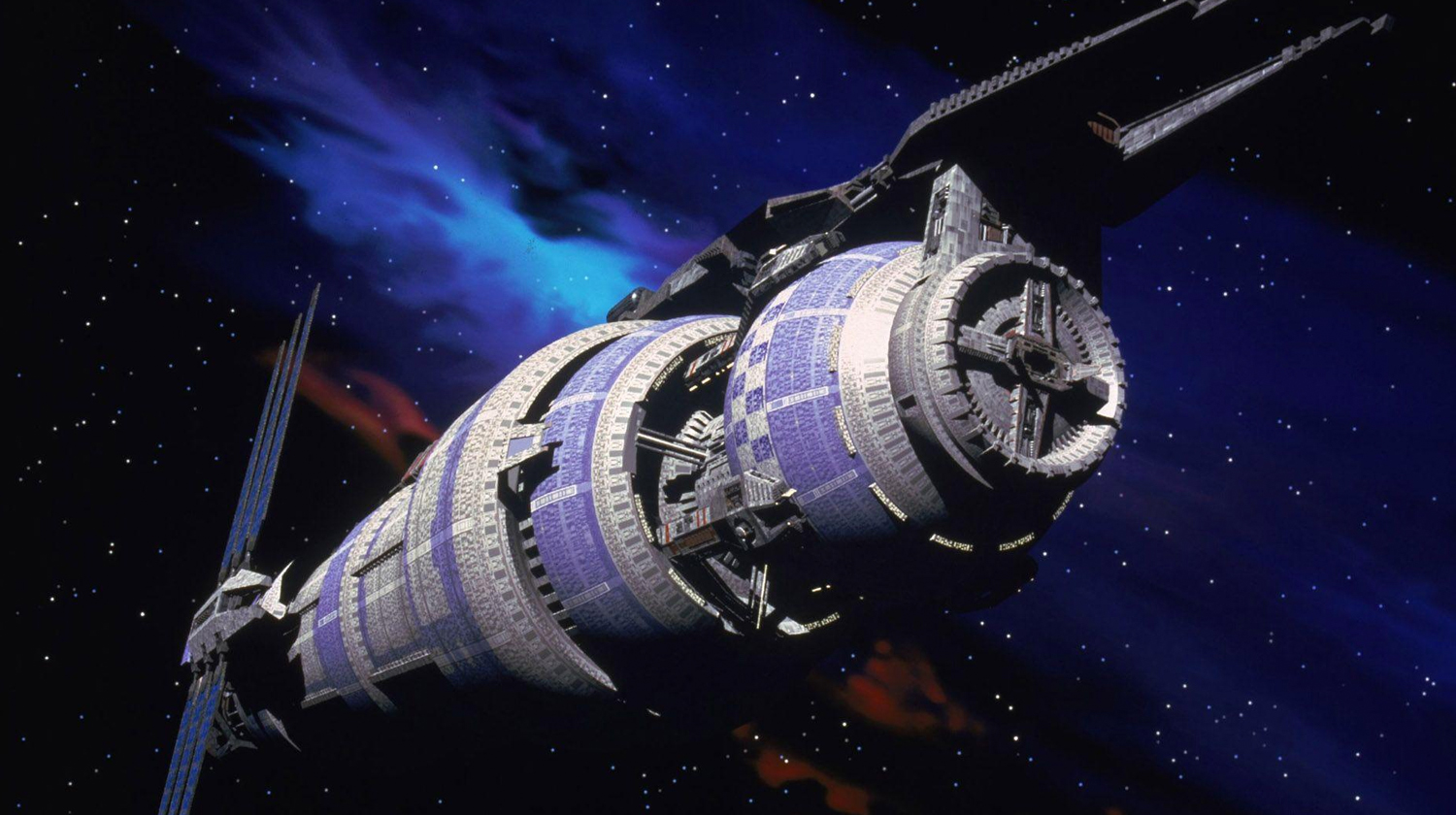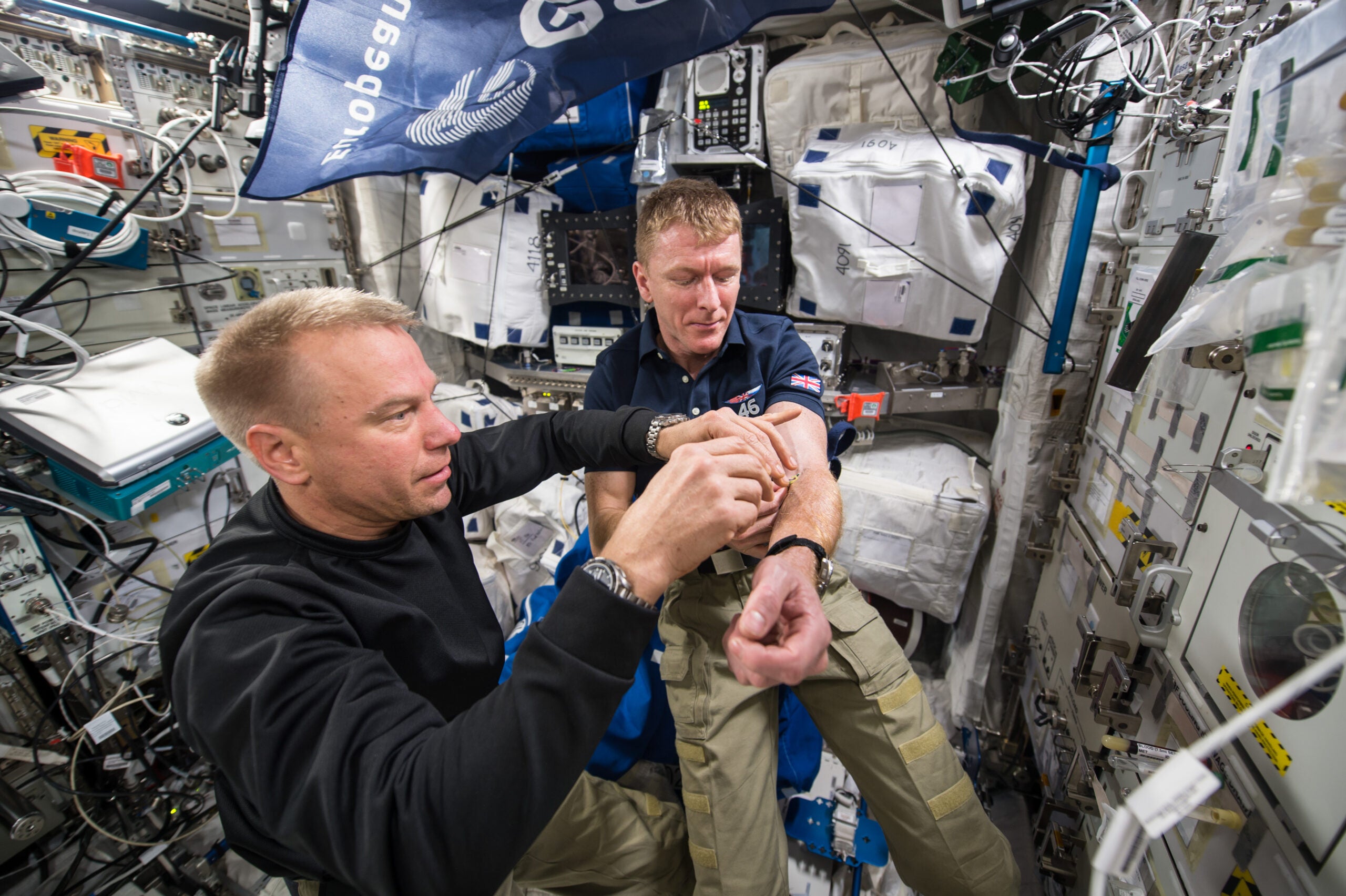
During the 2022 Consumer Electronics Show (CES), TCL debuted its upcoming products. Tucked between a laptop and traditional Android phones was the future of the company. I went hands (and eyes) on with foldables, wearable displays, and augmented reality glasses, and I saw tantalizing promise.
A More Affordable Folding Phone
Upon arriving at the event, it was hard not to immediately gravitate to the folding phones on display. I’d seen this phone before, but only in pictures. Dubbed Project Chicago, it made waves late last year when TCL admitted it had a “nearly complete” folding phone that it decided to cancel.

All the images suggested a look reminiscent of the Galaxy Z Flip. And now, after seeing it in person, that resemblance only grew. In some ways, that says a lot about TCL’s growing prowess with phone manufacturing. I folded, closed, flipped around, and handled the phone every which way, and it felt good—dare I say, premium. The outside cover screen isn’t giant but will do in a pinch for notifications or getting a quick selfie view.
The more I handled the phone, the more I had to wonder why TCL didn’t release it when it’s so close to finished and feels so good in the hand. Sure, the screen had a bit of a plastic feel, and my fingers definitely detected the crease, but it’s still a viable (and incredibly useable) phone. At least from what I could get a feel for; I certainly couldn’t test its battery life or camera prowess.

So why did TCL cancel a perfectly good phone? Because of the price. According to the TCL rep, the cost would have come at nearly the same level as Samsung’s Galaxy Z Flip 3: just under $1,000. That’d make the phones nearly identical in both form factor and price.
Now think about it for a moment. If you had to choose two nearly identical phones for nearly the same price, would you pick a Samsung or a TCL device? Of course, you’d pick the Samsung phone. It’s a far more established brand; even TCL knows it. This is a clear case of picking battles you can win.

So why show off this foldable phone at all, then? Because TCL is teasing the future. Maybe it can’t beat the Galaxy Z Flip at the same price point, but what if it could pull off an even more affordable phone? While the company isn’t ready to make any promises on timing yet, it seems confident it can release a sub-$700 (maybe $600, or $500 even) folding phone “in the near future.” How near? It’s hard to say exactly, but with Mobile World Congress just around the corner (aka the home of phone announcements), I’d keep my eyes open for possible news.
But if TCL can pull off a foldable phone that costs $700 or less and feels even close to the current model, it might be a new era for affordable foldables.
A Wearable Display Someone Can Actually Buy
TCL debuted a pair of wearable display glasses last year, and now it’s back with a new upgraded model. Dubbed the Nextwear AIR, this set promises to be lighter and more comfortable than the original. Essentially, they’ll serve as a TV you can wear without the neck-breaking weight of actually wearing a TV on your face.
🎉 The TCL Nxtwear AIR is a Review Geek Best of CES 2022 award winner! Make sure to check out our full list of winners to learn about exciting products coming in 2022.
I wouldn’t call them glasses you’d wear out and about (nor should you wear them as such). While you can see through them with the display functionality turned off, that all changes once you connect them to a phone or laptop. TCL says the display should have a “movie theater”-like size. While I’m not sure I fully agree, it’s undoubtedly close; I tried a pair out while connected to an Android phone.

The video that came up resembled a movie theater screen shape—wide and narrow—but it felt smaller than a nice movie theater. Even still, it’s certainly a bigger image than your average TV. I’d liken it to at least a 75-inch display, and that’s nothing to scoff at.
As for the experience itself, that’s a little harder to explain. You’re naturally looking at two images, and that comes with a benefit. A 3D video is an immediate option if the content you’re viewing supports it. The video I watched of a dinosaur walking around didn’t exactly pop off the screen as if it could eat me. However, I did feel like I could turn my head slightly and peer around the T-Rex.
While the colors are good, and the “image” seemed clear, it still wasn’t perfect. Have you ever looked in a ViewFinder and had the images not quite line up? That sometimes happened as I moved my head, and on other occasions, the “corners” of the screen cut off entirely. But for a quick movie watch, it seemed viable. I’m not as sure about using it for a laptop monitor, though, as I didn’t get to see text at an equivalent size to reading a browser.

The default view lets you somewhat see your surroundings, but the displays themselves do an excellent job of blocking off the world around you. Someone stood in front of me while I watched a video, and while I could see their torso and arms, I couldn’t see their face at all. They may as well have been standing behind a TV screen.
TCL showed off lens covers for the wearable device, as well. Two of them are all about fashion—they give the wearable display a look closer to either Wayfair or Ray Bans sunglasses. The third is actually useful because it blocks off the surrounding world and adds to the immersive experience. The lenses attach magnetically, which means they were both easy to put on and a little too easy to take off. I knocked them off at one point with an errant brush of my fingers.
Overall, considering that the NextWear Air weighs very little, I hardly noticed it at all, and the effect is pretty impressive. This follow-up is 30% lighter than the last pair, tipping the scales at 75 grams. And TCL says it will work with over 100 phones through its USB-C connection. When I inquired if that included iPhone, the TCL rep insisted it would. Apple is notoriously hard to work with, but the rep said TCL would find a way.
As for pricing and availability, that much I can’t tell you. The last set never reached the United States, but it did sell in Australia for around $680.
These Prototype Glasses Worked Surprisingly Well (When They Worked)

Last but not least, TCL let me try out a prototype set of AR glasses. When I say prototype, I mean this was clearly unfinished hardware. Though the glasses looked like they could fold, I was strenuously told not to fold them up. Nor did TCL allow me to take pictures of the interface.
From the outside, they resembled some truly chonky glasses. Stare close, and you can see the optical waveguide component that makes augmented reality possible. But you couldn’t actually see images from the outside in; at best, the lenses shimmered in ways traditional glasses don’t.
Once I put the AR glasses on, though, that all changed. They didn’t fit me well, but again, this is a prototype. Due to the improper fit, I had to hold the glasses up slightly for the Augmented Reality effect to take hold, but once it did, I was a little shocked at how clear and solid the images seemed. Thus far, all TCL has is a basic interface that mostly doesn’t work (attempts to access the email client failed) and a gallery app that does.

Inside the gallery app, I scrolled through images that demonstrated potential interface options—health tracking, messages, etc. And the images were so solid they blocked my view of the world around me to some extent. In some ways, it reminded me of Tiger Electronics games, or the old R-Zone game system, especially since most of the graphics consisted of green lines. But the potential was clearly there.
You navigate the glasses by brushing your finger across a touch surface on the right temple, then use a single tap to move “forward” (or select an app) or double-tap to move back. All of that worked well and felt intuitive, but it’s hard to say how it will play out when more of the interface is up and running.
It’s still clearly an early prototype, as evidenced by the fact that the entire interface crashed during my demo. I had to wait quite a while for a full reboot to get going again. Don’t expect any kind of pricing or availability on this any time soon. But in some ways, it felt like the closest I’ve seen to augmented reality glasses that could potentially be useful without requiring a computer to be strapped to your head (looking at you, Hololens). I hope TCL keeps working on it.
Note: This article have been indexed to our site. We do not claim legitimacy, ownership or copyright of any of the content above. To see the article at original source Click Here













